
Historian and author celebrating the endless wonders of the classical world. My book 'Moneta: A History of Ancient Rome in Twelve Coins' is OUT NOW.
21 subscribers
How to get URL link on X (Twitter) App


 2) Situated in the Alban Hills south of Rome, Lago di Nemi is a circular crater lake nestled within the caldera of an extinct ancient volcano. The sheltered and tranquil body of water, which perfectly reflected the moon, came to be known by the Romans as 'Diana's Mirror'..
2) Situated in the Alban Hills south of Rome, Lago di Nemi is a circular crater lake nestled within the caldera of an extinct ancient volcano. The sheltered and tranquil body of water, which perfectly reflected the moon, came to be known by the Romans as 'Diana's Mirror'.. 

 2) Marcus Surus originally came from the Roman province of Syria, leaving his home in what is today Jerash, Jordan to join the Roman navy during the reign of Claudius in 46 AD...
2) Marcus Surus originally came from the Roman province of Syria, leaving his home in what is today Jerash, Jordan to join the Roman navy during the reign of Claudius in 46 AD... 
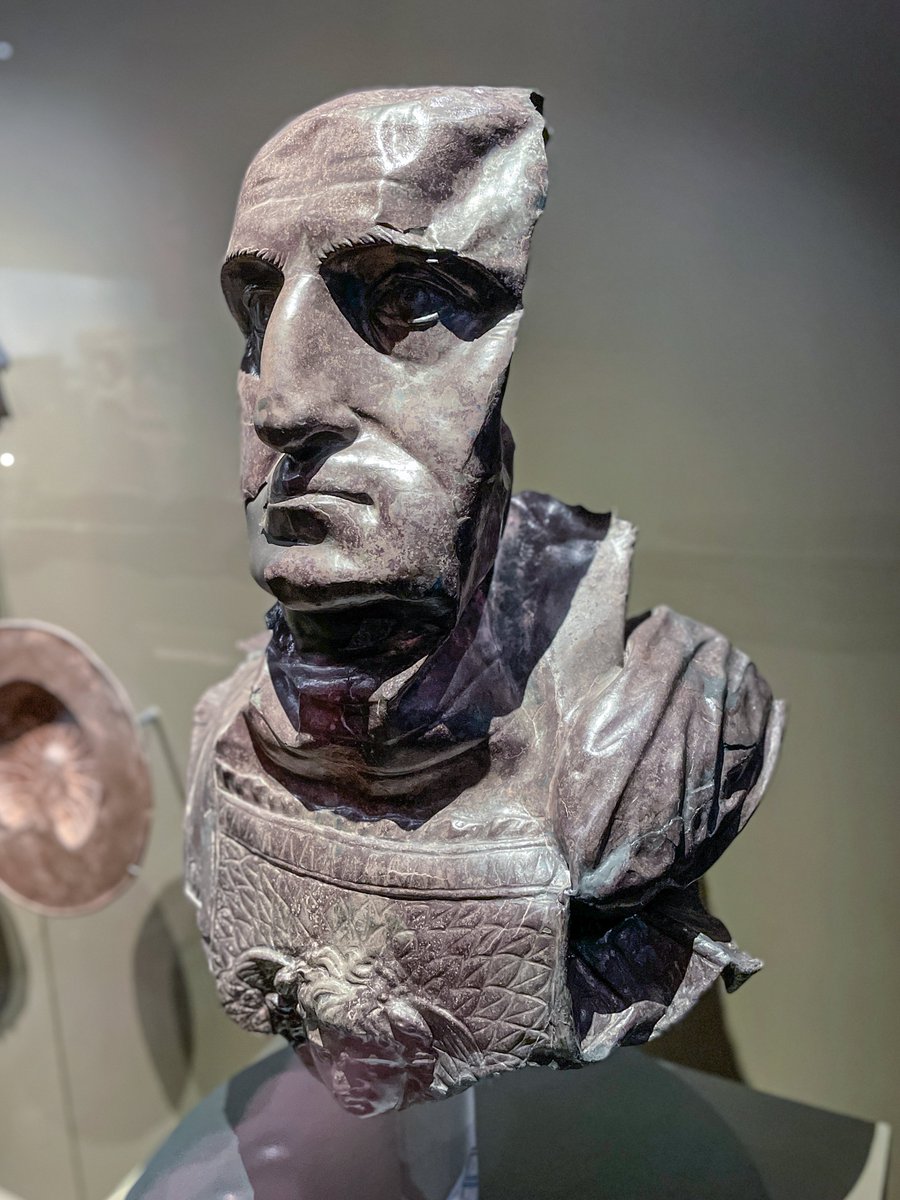
 2) The imago of the emperor was carried on campaign by a special standard-bearer known as the imaginifer. These precious metal busts ensured the symbolic presence of the emperor on the battlefield, and in the absence of the real ruler, could be used as...
2) The imago of the emperor was carried on campaign by a special standard-bearer known as the imaginifer. These precious metal busts ensured the symbolic presence of the emperor on the battlefield, and in the absence of the real ruler, could be used as...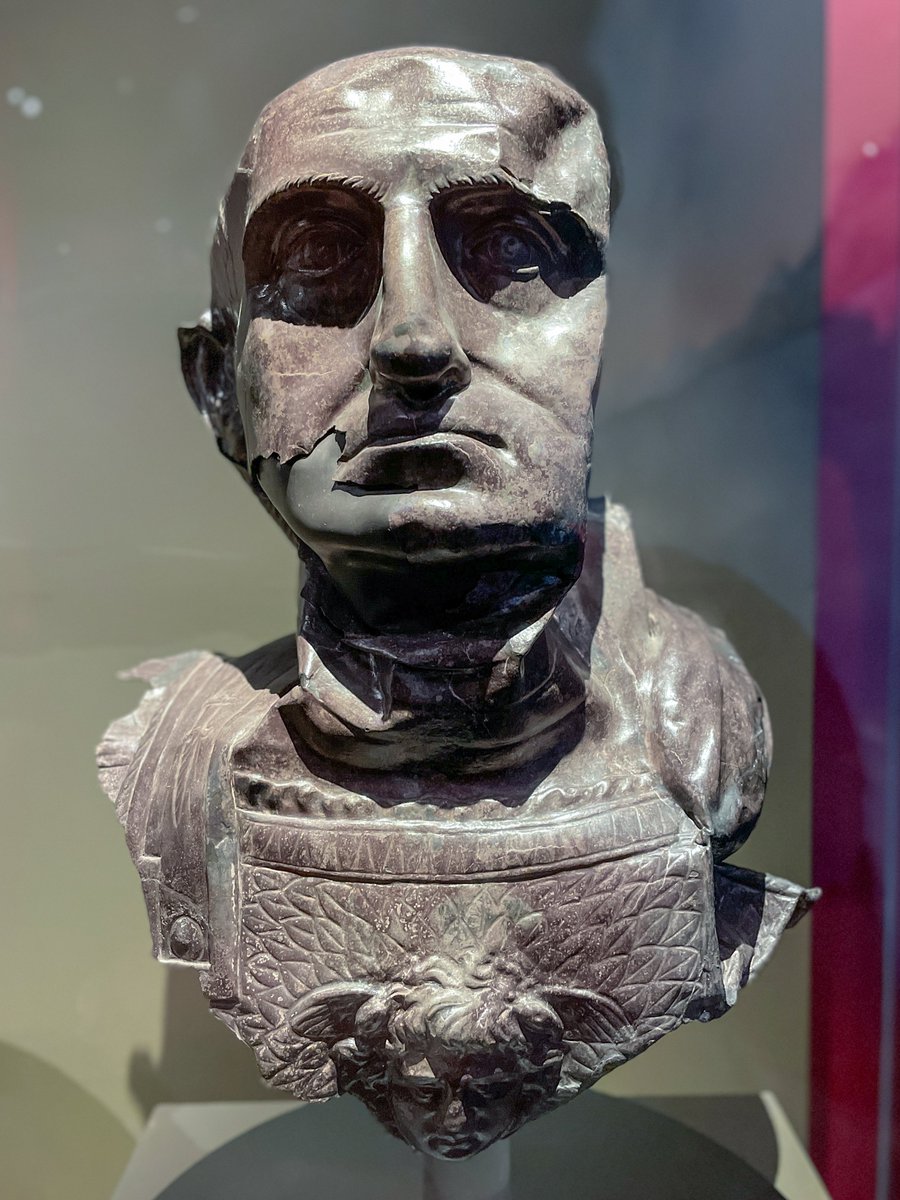
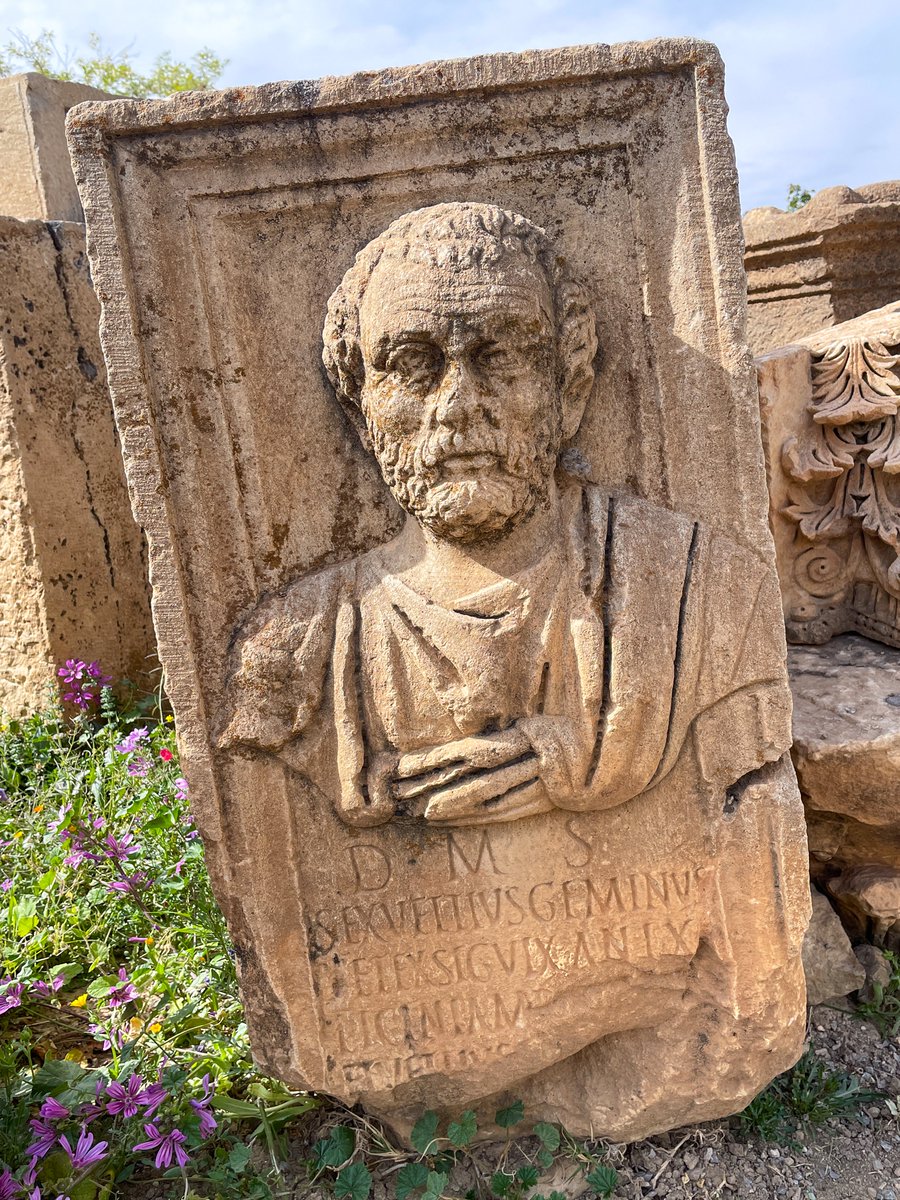
 2) Sextus Vettius Geminus lived sixty years and was a veteran of Legio III Augusta, in which he served a crucial role as signifer or standard-bearer. The old, bearded veteran is shown wearing his toga in a powerful frontal portrait that extends beyond the limits of its frame..
2) Sextus Vettius Geminus lived sixty years and was a veteran of Legio III Augusta, in which he served a crucial role as signifer or standard-bearer. The old, bearded veteran is shown wearing his toga in a powerful frontal portrait that extends beyond the limits of its frame..
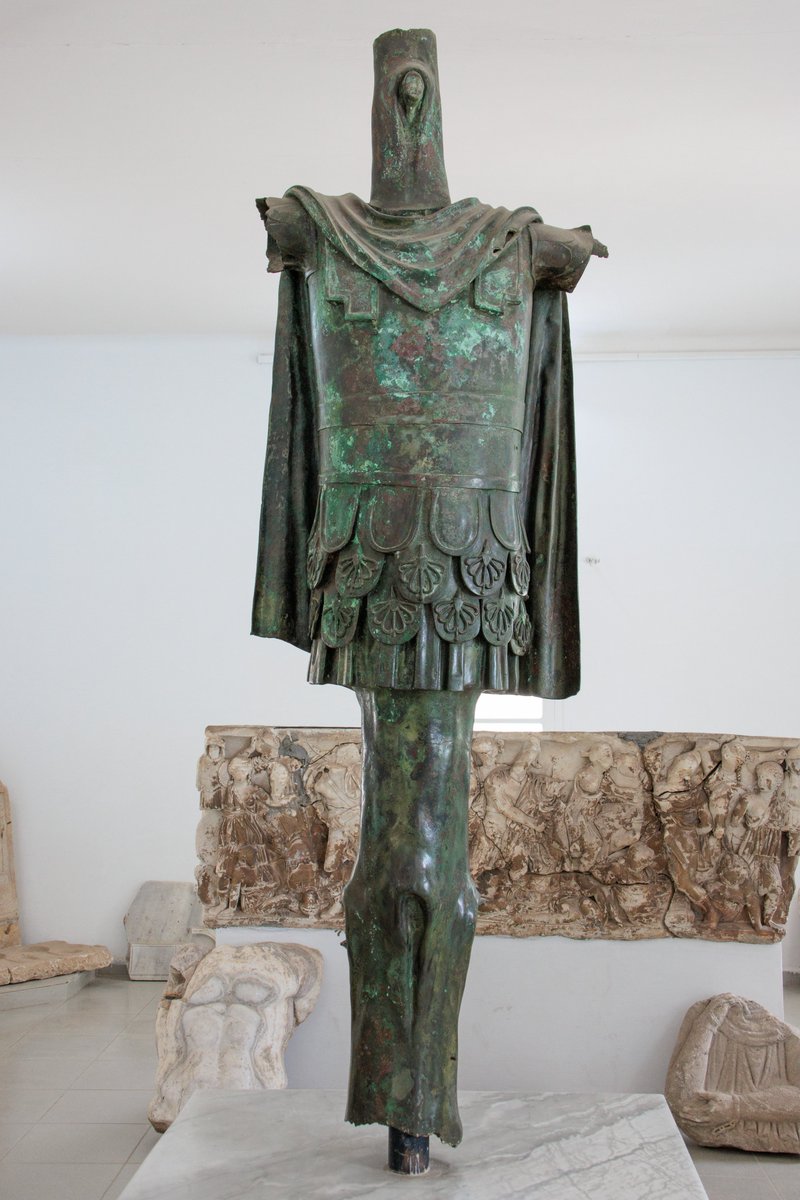
 2) The tropaeum, standing eight feet tall and weighing over a quarter of a ton, is sculpted in emulation of temporary trophies erected near the site of a victorious battle, taking the form of a tree trunk decorated with captured armour and weapons...
2) The tropaeum, standing eight feet tall and weighing over a quarter of a ton, is sculpted in emulation of temporary trophies erected near the site of a victorious battle, taking the form of a tree trunk decorated with captured armour and weapons...
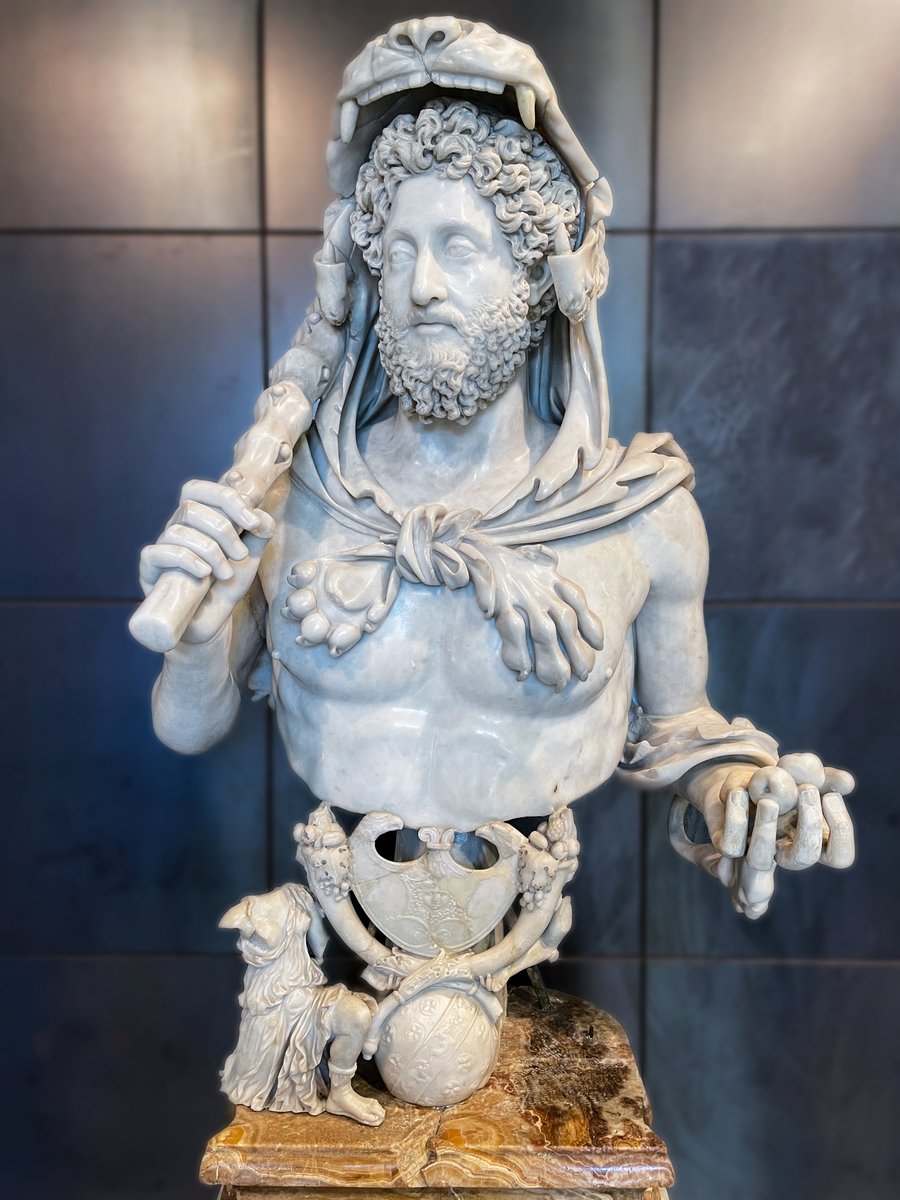
 2) On his shoulder Commodus rests a gnarled wooden club, Hercules' weapon of choice, with which he subdued a number of beasts in his Twelve Labours such as the Nemean lion and the Lernaean Hydra...
2) On his shoulder Commodus rests a gnarled wooden club, Hercules' weapon of choice, with which he subdued a number of beasts in his Twelve Labours such as the Nemean lion and the Lernaean Hydra... 
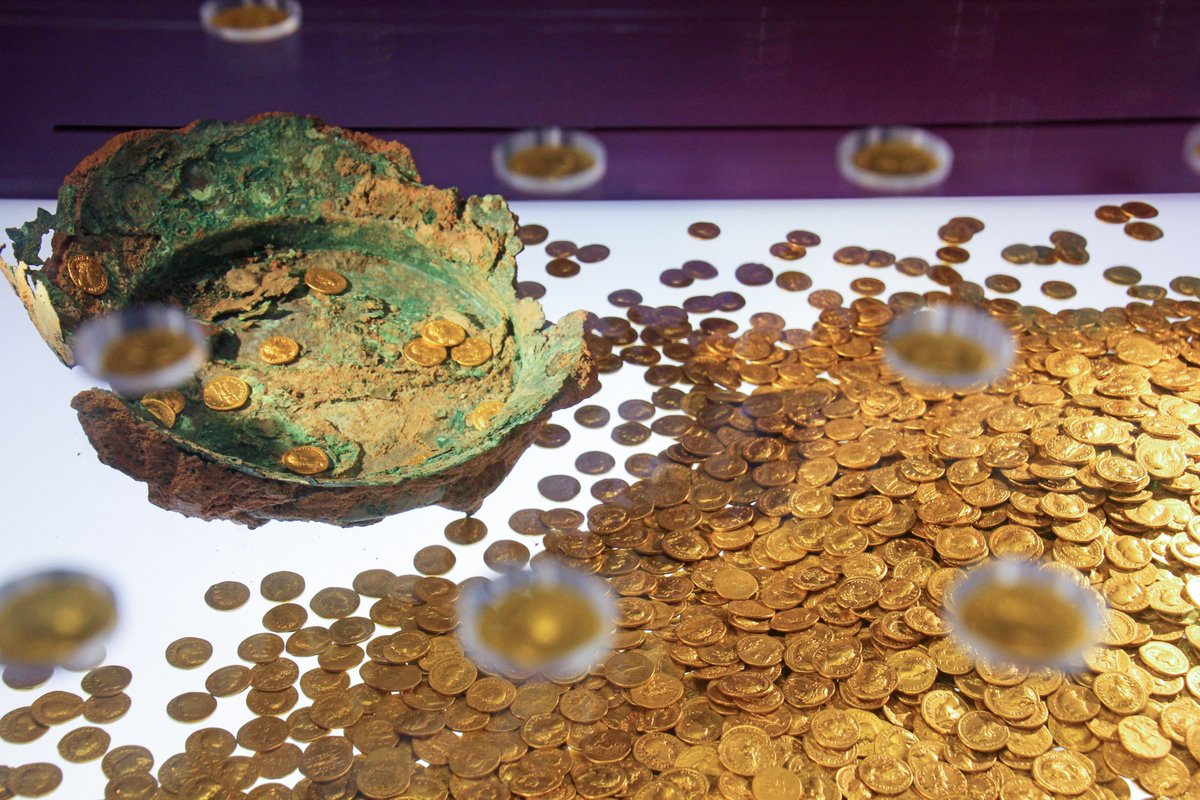
 2) The gold hoard was unearthed by chance during the excavation of an underground parking garage in Trier. Sadly, hundreds of coins were stolen before the hoard could be secured by authorities, but an estimated 95% was preserved – the largest surviving Roman imperial gold hoard.
2) The gold hoard was unearthed by chance during the excavation of an underground parking garage in Trier. Sadly, hundreds of coins were stolen before the hoard could be secured by authorities, but an estimated 95% was preserved – the largest surviving Roman imperial gold hoard. 

 2) 'The gods were not satisfied with seeing Cato die once. His courage was kept in action and recalled to the stage, so that it might be displayed even more powerfully – for it needs a greater mind to return a second time to death...
2) 'The gods were not satisfied with seeing Cato die once. His courage was kept in action and recalled to the stage, so that it might be displayed even more powerfully – for it needs a greater mind to return a second time to death... 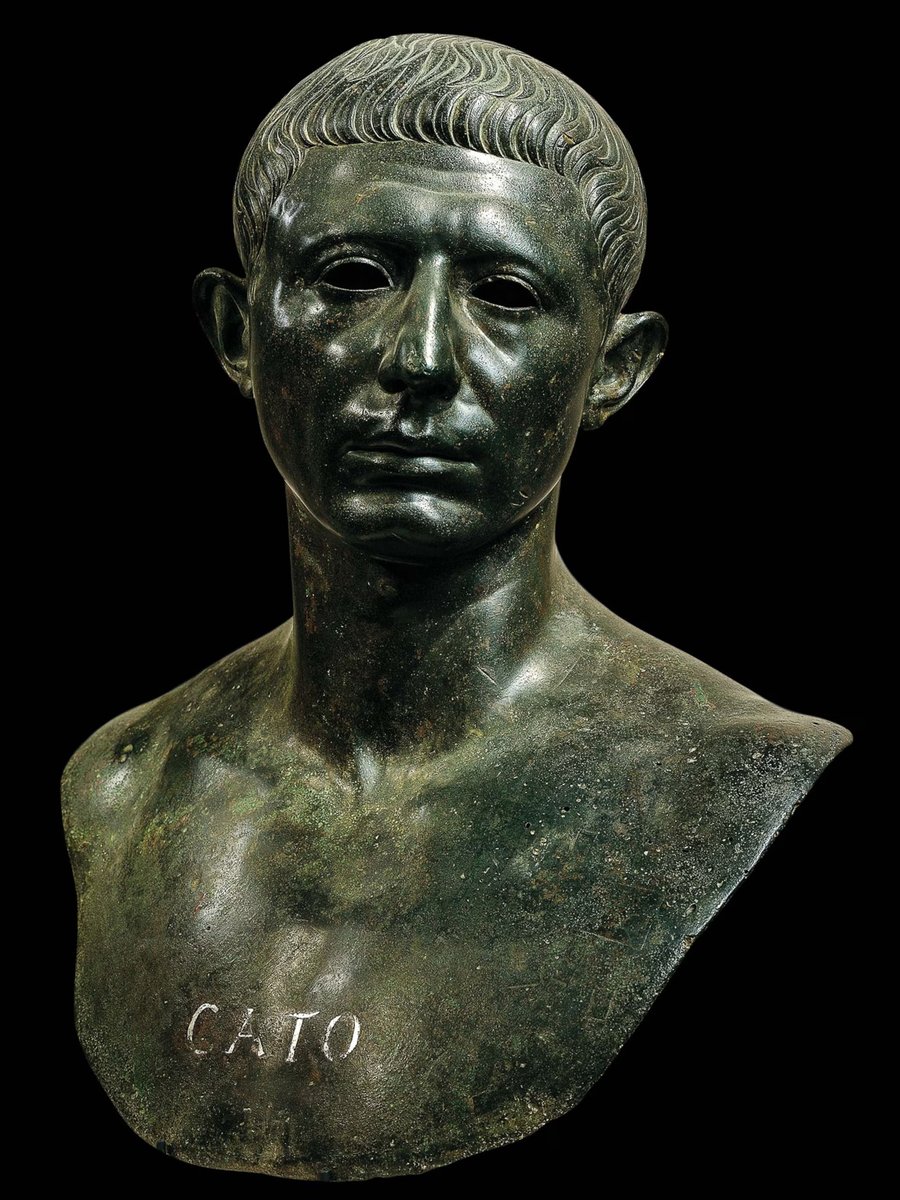

 2) The commanding late-Republican portrait was discovered near the Egyptian city of Alexandria in around 1780, where Mark Antony was based with Cleopatra in their final years waging war against Octavian..
2) The commanding late-Republican portrait was discovered near the Egyptian city of Alexandria in around 1780, where Mark Antony was based with Cleopatra in their final years waging war against Octavian.. 
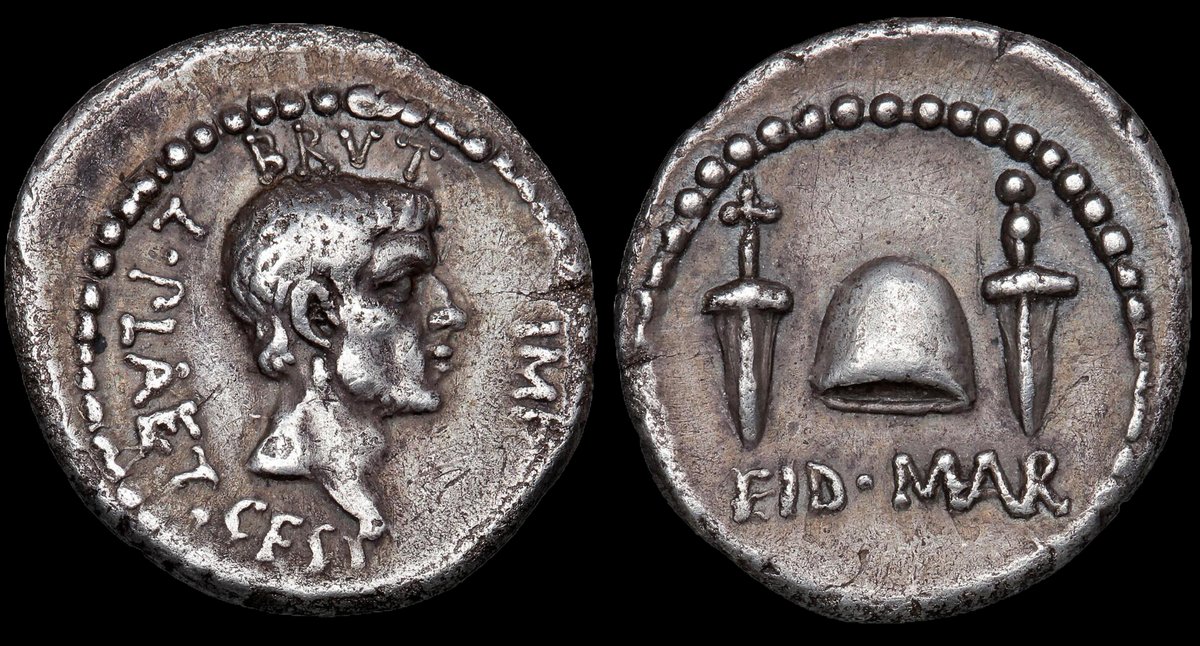
 2) The coin shows the weapons and the motive of the assassins, with two daggers flanking a pileus cap of liberty, placed on the heads of those being freed from slavery. The blades of the Liberatores had, in the eyes of Brutus, released the Republic from a tyrant's stranglehold..
2) The coin shows the weapons and the motive of the assassins, with two daggers flanking a pileus cap of liberty, placed on the heads of those being freed from slavery. The blades of the Liberatores had, in the eyes of Brutus, released the Republic from a tyrant's stranglehold..

 2) Legend said that during the Gallic siege of Rome in 390 BC, the sacred geese of Juno honked the alarm when they spotted some sneaky Gauls scaling this northern spur of the Capitoline. Juno Moneta 'the Warner' would thereafter be worshipped in a temple on the lofty citadel..
2) Legend said that during the Gallic siege of Rome in 390 BC, the sacred geese of Juno honked the alarm when they spotted some sneaky Gauls scaling this northern spur of the Capitoline. Juno Moneta 'the Warner' would thereafter be worshipped in a temple on the lofty citadel..

 2) Two days later, a large crowd of curious Romans gathered to witness the opening of the sarcophagi. Deep in the construction pit, the famed archaeologist Rodolfo Lanciani gave permission for his assistants to cut the clamps sealing the first coffin and pull aside the lid...
2) Two days later, a large crowd of curious Romans gathered to witness the opening of the sarcophagi. Deep in the construction pit, the famed archaeologist Rodolfo Lanciani gave permission for his assistants to cut the clamps sealing the first coffin and pull aside the lid... 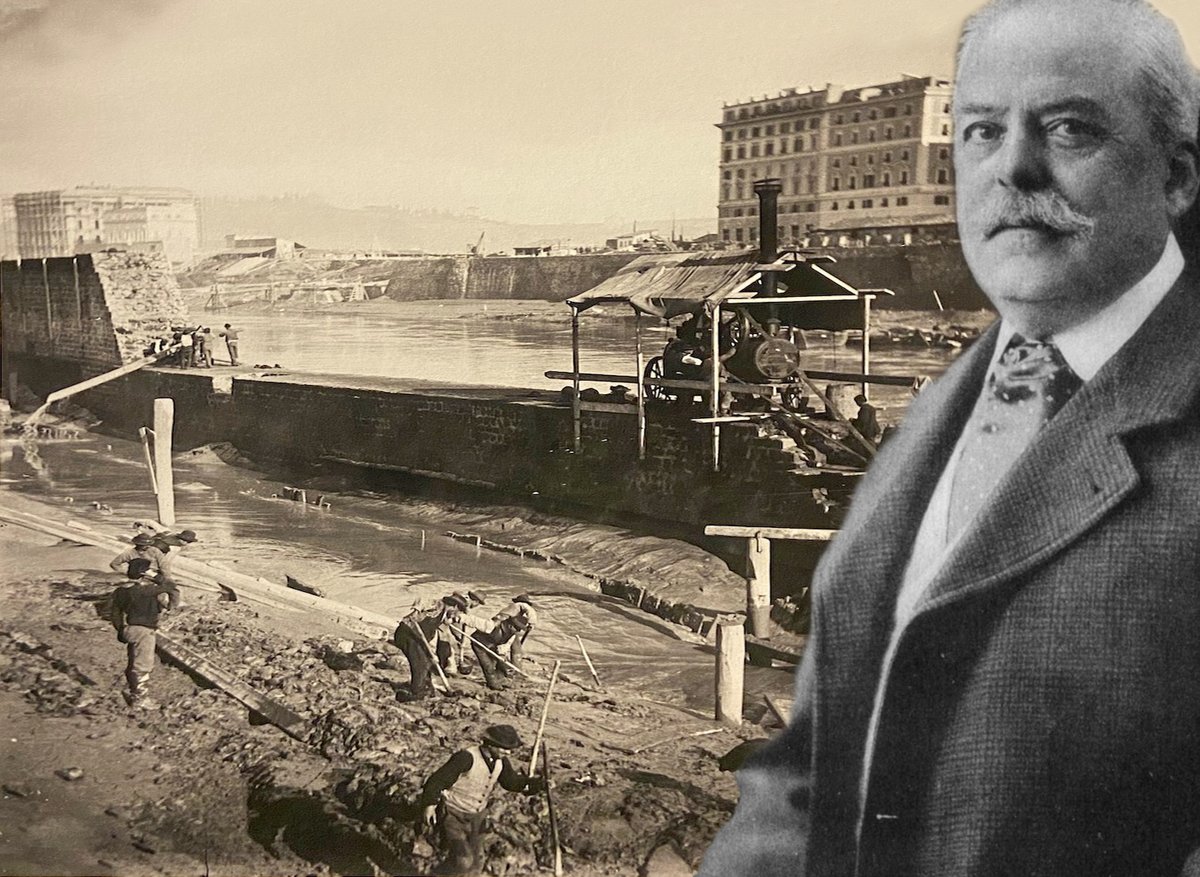

 2/9) ..their defeat of the rebellious Numidian king Jugurtha, and the resolution of the Jugurthine War in North Africa. Though Gaius Marius was eager to claim credit for the victory himself and celebrated a triumph in 104 BC at which Jugurtha was executed, it was Sulla who..
2/9) ..their defeat of the rebellious Numidian king Jugurtha, and the resolution of the Jugurthine War in North Africa. Though Gaius Marius was eager to claim credit for the victory himself and celebrated a triumph in 104 BC at which Jugurtha was executed, it was Sulla who.. 

 2/5) The surviving herms are thought to be some of the fifty herm statues known to have once adorned the temple precinct, representing the fifty daughters of the mythical king Danaus, known as the Danaids...
2/5) The surviving herms are thought to be some of the fifty herm statues known to have once adorned the temple precinct, representing the fifty daughters of the mythical king Danaus, known as the Danaids... 

 2) Sculpted with stunning intricacy in snowy white Greek marble, the wings have left viewers awestruck with their extraordinary recreation of complex plumage and anatomical attention to detail...
2) Sculpted with stunning intricacy in snowy white Greek marble, the wings have left viewers awestruck with their extraordinary recreation of complex plumage and anatomical attention to detail... 


 2) Roman reticulated glass cage cups or vas diatreta are a rare form of luxury glass from late antiquity, with only around ten complete examples known to survive. While usually described as cups, a small number of the vessels have actually been discovered with...
2) Roman reticulated glass cage cups or vas diatreta are a rare form of luxury glass from late antiquity, with only around ten complete examples known to survive. While usually described as cups, a small number of the vessels have actually been discovered with...

 2) A secutor armed with a short sword and heavy shield faces off against his traditional opponent, the retiarius, armed with a trident. Both are watched closely by the stick-wielding referee known as the summa rudis (left), a figure absent in most modern gladiatorial depictions..
2) A secutor armed with a short sword and heavy shield faces off against his traditional opponent, the retiarius, armed with a trident. Both are watched closely by the stick-wielding referee known as the summa rudis (left), a figure absent in most modern gladiatorial depictions..

 2) The circular church stands at the northern edge of the colonnaded ancient forum square, adjacent to a row of tabernae shops, opposite the Roman basilica and near the Capitolium..
2) The circular church stands at the northern edge of the colonnaded ancient forum square, adjacent to a row of tabernae shops, opposite the Roman basilica and near the Capitolium.. 

 2) With the ocean-side setting and tropical climate – for which ancient colonnades work particularly well – architects have set out to recreate a sprawling Roman maritime villa like those that once hugged the shoreline of the Bay of Naples.
2) With the ocean-side setting and tropical climate – for which ancient colonnades work particularly well – architects have set out to recreate a sprawling Roman maritime villa like those that once hugged the shoreline of the Bay of Naples. 

 2) Masterfully engraved though the coin dies were, a worrying crack quickly began to emerge at the bottom of the obverse (heads) die. The growing crack in the die manifested on the struck coins as an ugly raised flaw progressing gradually across the neck of Cromwell..
2) Masterfully engraved though the coin dies were, a worrying crack quickly began to emerge at the bottom of the obverse (heads) die. The growing crack in the die manifested on the struck coins as an ugly raised flaw progressing gradually across the neck of Cromwell.. 

 2) As is often the case, the jar containing the hoard of silver coins had been shattered by the farmer's plough and over the years the denarii had been dispersed over a wide area of the field..
2) As is often the case, the jar containing the hoard of silver coins had been shattered by the farmer's plough and over the years the denarii had been dispersed over a wide area of the field.. 